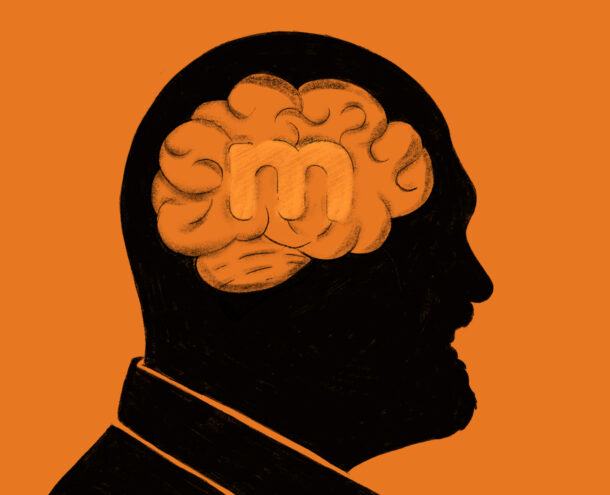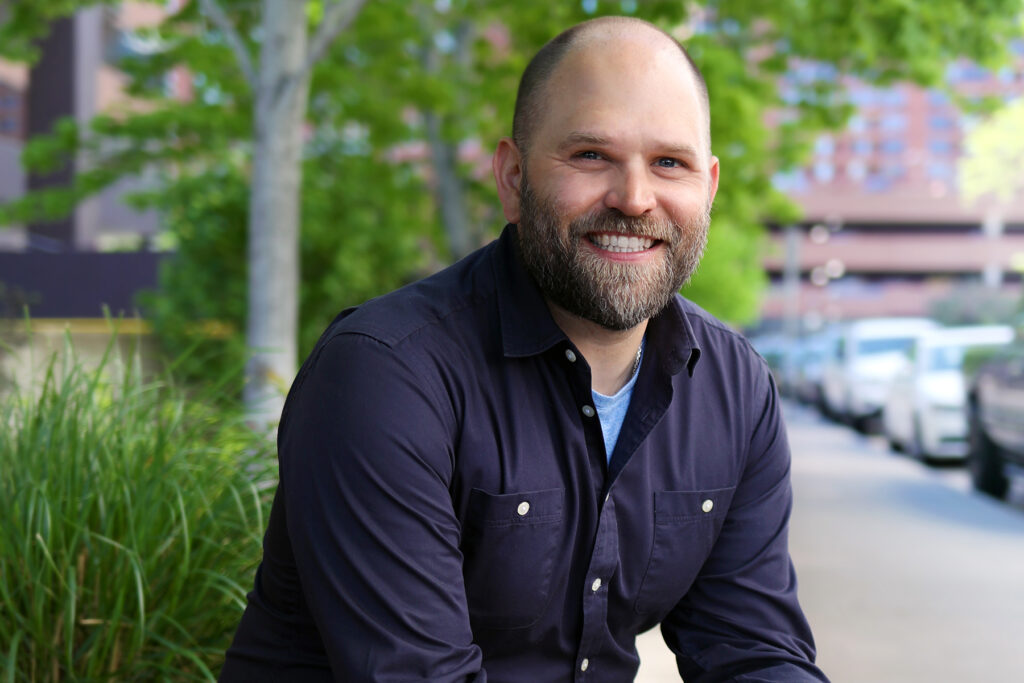Brains Behind the Brands: Meet Chris Tonay

Meet Chris Tonay
With the release of Monigle’s groundbreaking new study, Humanizing Brand Experience, we want to introduce Chris Tonay, our Director of Insights & Strategy. Chris leads Monigle’s insights practice, integrating research into everything that we do. He works to provide more than just a foundation of capabilities and methodologies—he’s helping everyone at Monigle, whether a researcher or not, understand the insights we can glean and how to apply those to our work. He’s the one always asking the question: “How can we make this better?”

Where do you turn for motivation?
I’m motivated by what we’ve learned in the past 10 years around neuroscience, cognitive psychology and behavioral economics. We now have a window into the cause and effect relationships between our experiences, perceptions, behaviors and memories. By leveraging this knowledge, we can create the kind of high-impact touchpoints that truly move people. When someone really feels an experience sensorially and emotionally, they’re much more likely to build a lasting, positive memory with our brand. And that’s what it’s all about. At the end of the day, that’s all a brand really is—a collection of memories, both positive and negative. It’s endlessly fascinating.
What are some brands doing interesting things these days?
I love the brands that come in and create experiences that shift how people do things. The Warby Parkers, the Lyfts. The companies that meaningfully change behavior, for better or worse. For example, it’s a bummer that Lyft has hurt limousine and taxi drivers, but it’s totally changed how people travel from a behavioral perspective.
Are there any common challenges that clients face?
They’re often asking the right questions, but they struggle with tying insights to experience. That’s what motivated our new study, Humanizing Brand Experience. Most health care brands struggle to engage consumers in a meaningful way. But it’s not because they don’t have good intentions. It’s because they’re too focused on what they think people need instead of what people really want—often because the average person has trouble articulating what will move them.
Our study uncovered some surprising gaps between what consumers want and what most health care brands offer. For example, many brands say they have the best people, which is super important, but the average person defines “the best” differently from the way brands talk about it and the experiences they deliver. It’s not about academic pedigrees, industry awards or even clinical experience. It’s about taking the time to fully engage with someone—eye contact, body language, tone of voice—to make him or her feel like they’re a top priority. It’s about connection.
Can you talk a little more to what Humanizing Brand Experience is?
It initially started as an idea from our team, aiming to understand category engagement in health care. Typical health care research focuses on functional decision drivers, so we wanted to step back and look at how and why people engage at a category level. As a team, we sat down to dig into three things:
- How and why people engage with the category
- The emotional and functional aspects of care
- How these elements impact brand choice, satisfaction and advocacy
We wanted to look at the relationship between emotional need states and functional drivers. I just read an article today from a well-known health care journal that outlined what people want from physicians: be friendly, patient, etc. But it was so surface-level. Of course, you want a doctor to be friendly. But how does that impact your takeaway from the experience and your likelihood to tell a friend about it? How does that interaction impact the way you think and feel about other aspects of the experience, like how easy it was to get care?
Humanizing Brand Experience is about digging into the relationship between these ideas, not looking at them from a surface level. It’s the cause-and-effect relationships between the functional and emotional elements of experience, and what that means for brands.
Who all was involved in bringing Humanizing Brand Experience to life?
First and foremost, the other members of our Insights team. They were hugely important in taking an idea and turning it into something new and different.
Design did an amazing job and built something beautiful. They worked so hard to make it a more engaging piece of work. And our production team was crucial in bringing the report to life.
Finally, our leadership helped us take good ideas and make them great, pressure-testing and playing devil’s advocate along the way to help us build the ideas as best we could. It was a huge effort and something we’re all really proud of. We truly think it can change health care, arming strategy and marketing leaders with more tools to drive purposeful, brand-led growth.



